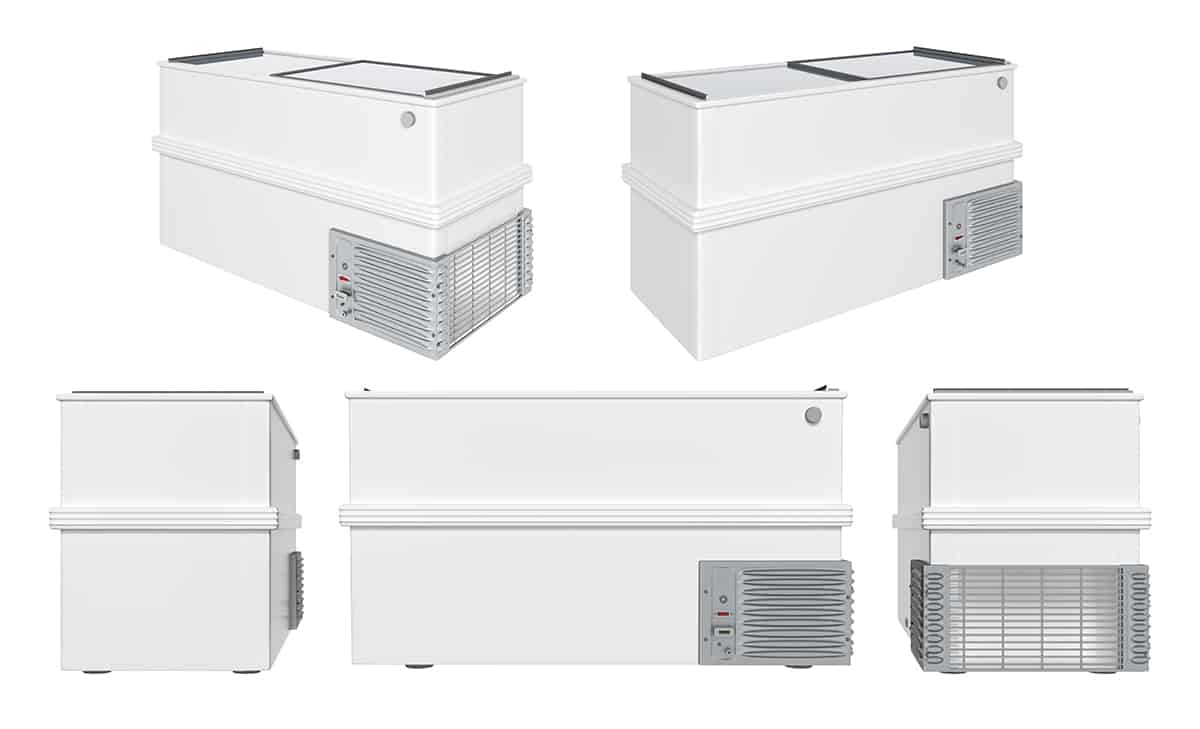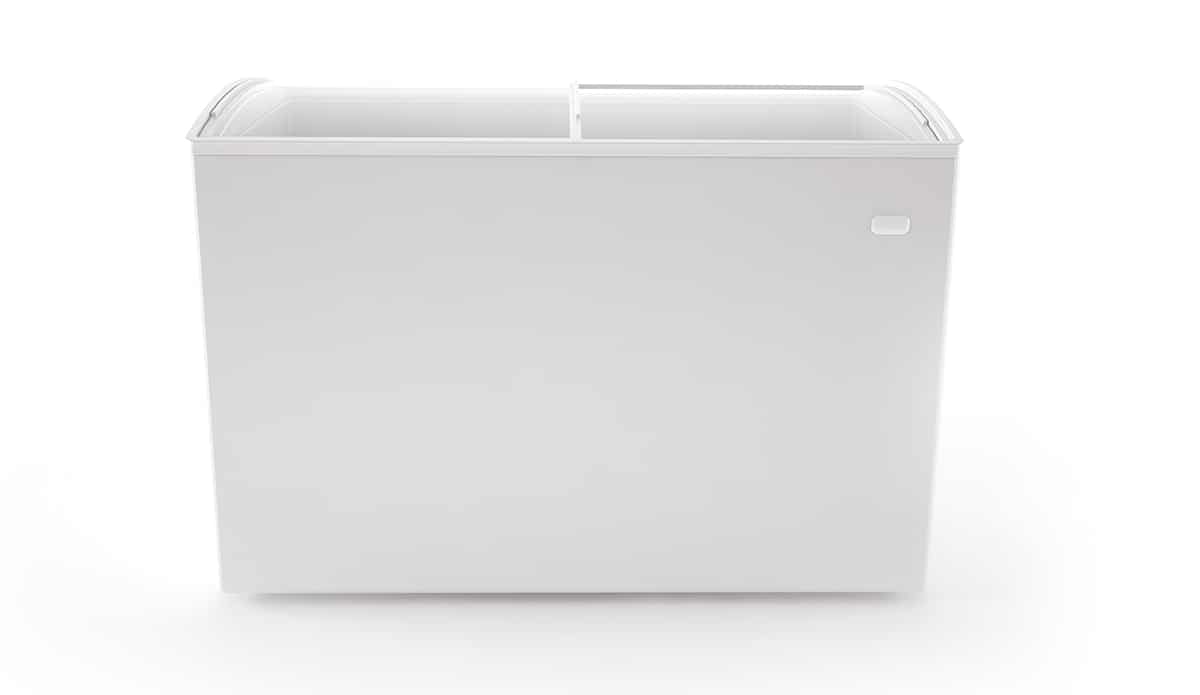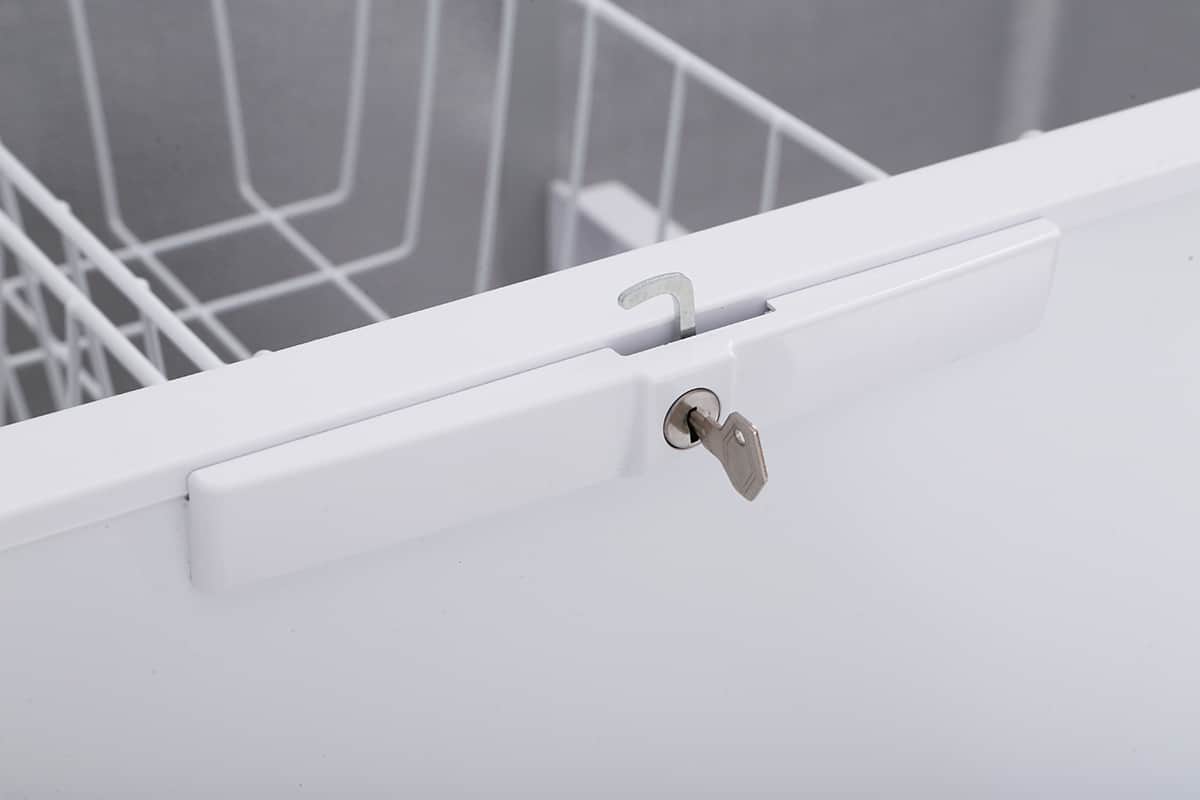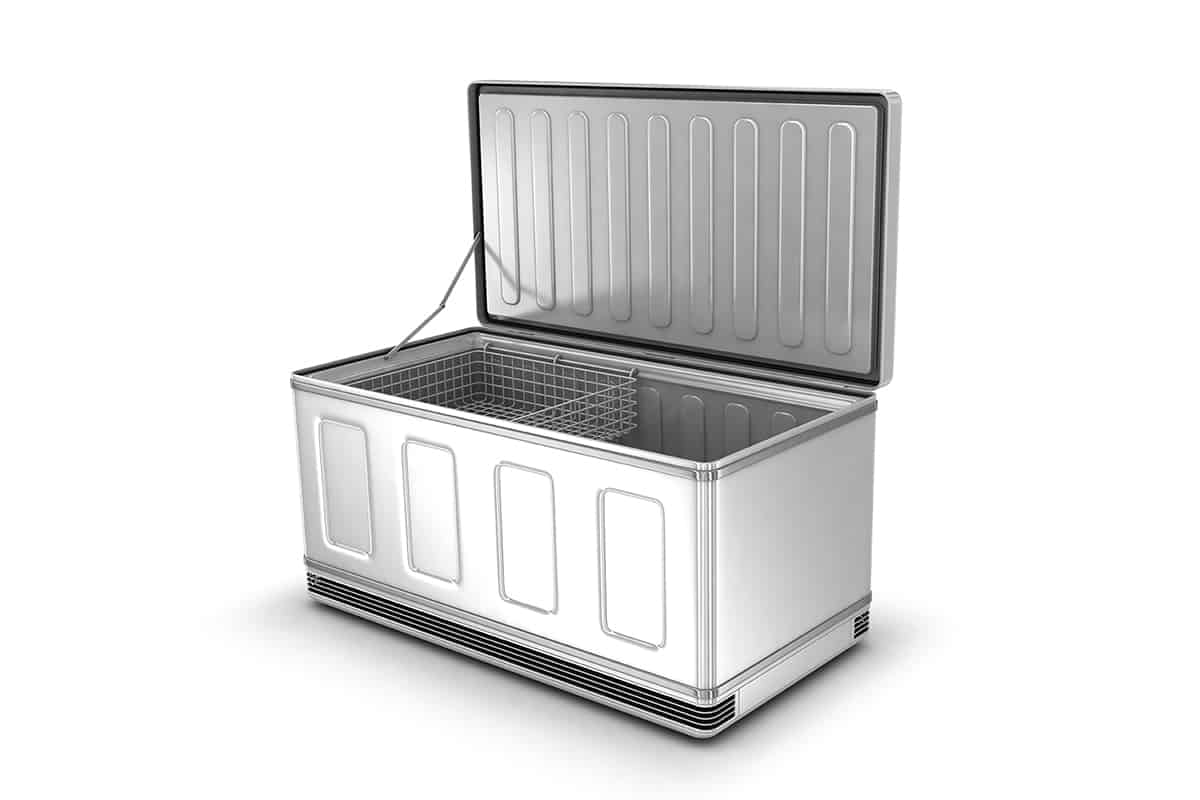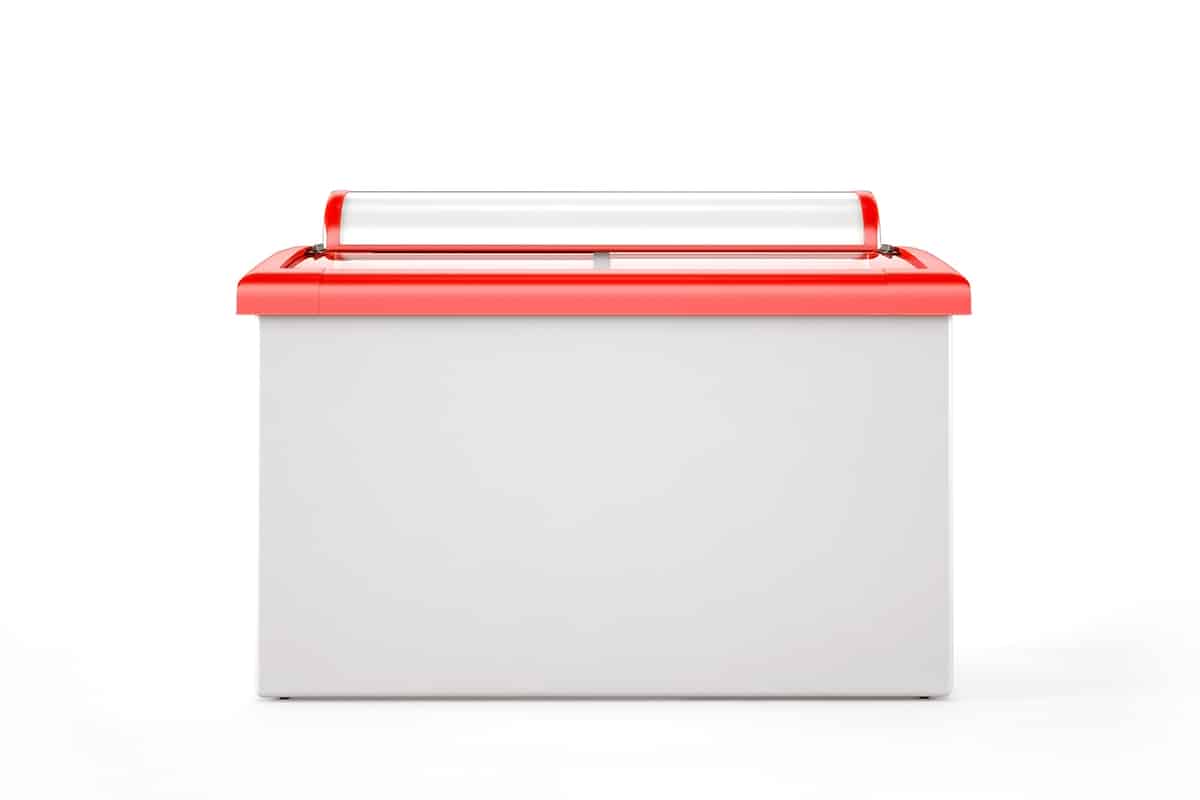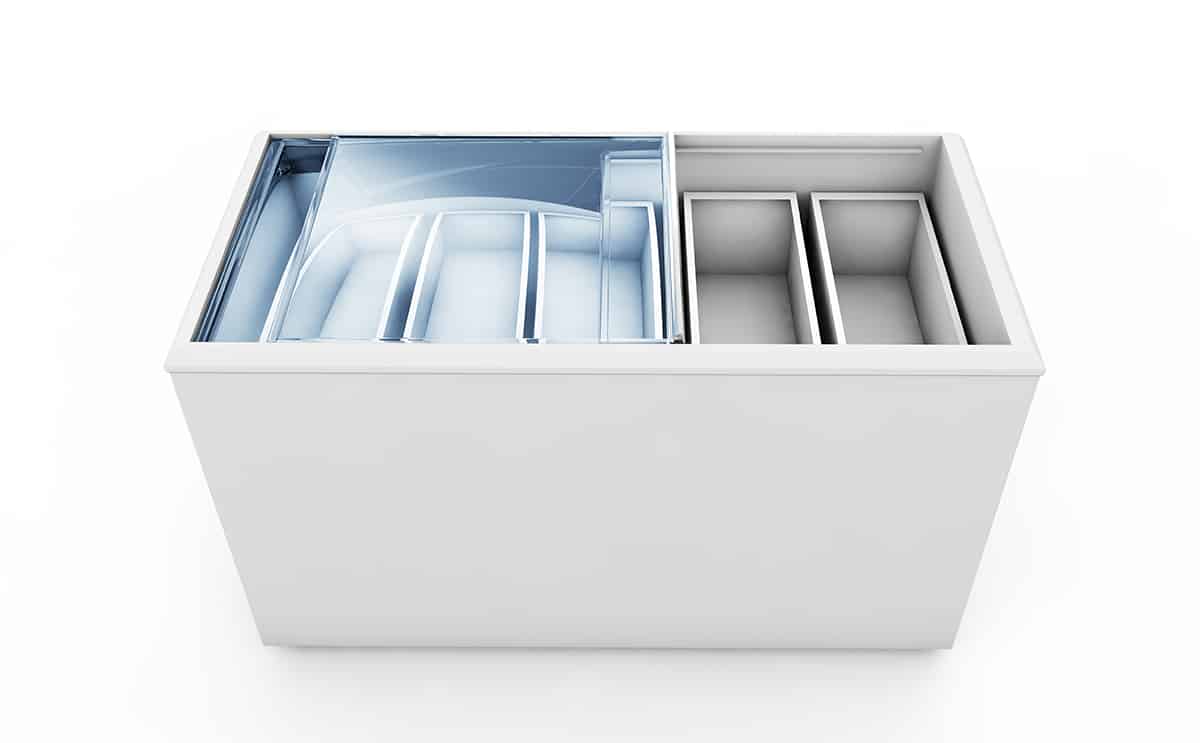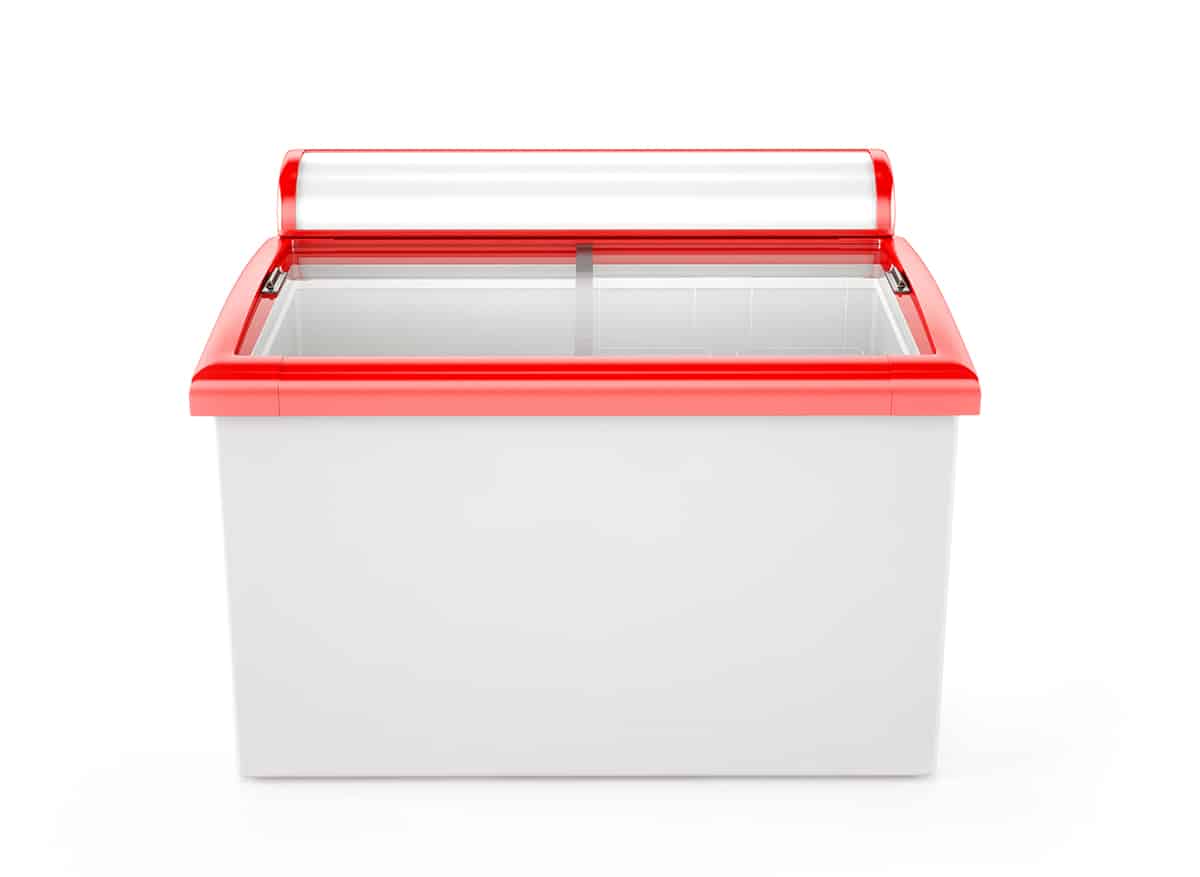Choosing the right chest freezer for your home or business can be a daunting task, especially when there are so many sizes and features to consider. With a wide range of chest freezers available on the market, it can be challenging to decide which size is the best fit for your needs.
Chest freezers are typically classified as small, medium, or large based on their capacity. Small chest freezers have a capacity of 3.5 to 7 cubic feet, medium ones range from 7.1 to 14 cubic feet, and large freezers have a capacity of 14.1 to 25+ cubic feet.
In this article, we will help you navigate the world of chest freezers, focusing on the various sizes and how to compare them.
Understanding Chest Freezer Sizes
Chest freezers come in different sizes to meet various needs. To understand chest freezer sizes, you need to know about the common sizes, external and internal dimensions, and the capacity of the freezers.
Measurements: external and internal dimensions
External dimensions are the measurements of the freezer’s outer size, including its height, width, and depth. Internal dimensions are the measurements of the space inside the freezer where you store your food.
You should consider both external and internal dimensions when selecting a chest freezer, as the outer size will help you determine if the freezer fits in your space, while the internal dimensions tell you how much food it can hold.
Capacity: liters or cubic feet
Chest freezer capacity is usually measured in liters or cubic feet. A liter is a unit of volume used in the metric system, while a cubic foot is a unit of volume used in the imperial system. To give you an idea, one cubic foot is equal to about 28.3 liters. The capacity of a chest freezer tells you how much space is available inside for storing your frozen goods.
Standard Chest Freezer Sizes
Chest freezers come in standard sizes, which include small, medium, and large. Each size has its benefits and is suitable for different uses and locations. Here, we will discuss these three standard sizes and provide examples of popular models and their dimensions.
1. Small chest freezers (3.5 to 7 cubic feet)
Small chest freezers are perfect for people with limited space or those who don’t need to store a lot of frozen items. They are suitable for apartments, small homes, or even offices.
2. Medium chest freezers (7.1 to 14 cubic feet)
Medium chest freezers offer more storage space and are ideal for families or those who like to buy food in bulk. These freezers can be used in larger homes, garages, or basements.
3. Large chest freezers (14.1 to 25+ cubic feet)
Large chest freezers provide the most storage space, making them suitable for businesses like restaurants or for people who need to store a lot of food for an extended period. They can be placed in commercial kitchens, warehouses, or large storage rooms.
Chest Freezer Size Comparison
In this section, we will compare small, medium, and large chest freezers and discuss the pros and cons of each size category.
Small vs. medium vs. large chest freezers
Small chest freezers (3.5 to 7 cubic feet) are great for limited spaces and small households. Medium chest freezers (7.1 to 14 cubic feet) provide more storage for families or bulk shoppers. Large chest freezers (14.1 to 25+ cubic feet) offer the most storage and are suitable for businesses or people with extensive storage needs.
Pros and cons of each size category
Small chest freezers
Pros—They take up less space, use less energy, and are usually more affordable.
Cons—They have limited storage capacity and might not hold all the food you need to store.
Medium chest freezers
Pros—They offer more storage capacity for families or bulk shoppers while still fitting in most homes.
Cons—They require more space and use more energy than small freezers. They may also cost more.
Large chest freezers
Pros—They provide the most storage space, making them ideal for businesses or people with a lot of food to store.
Cons—They take up the most space, use the most energy, and can be expensive.
Determining the right size for your needs
To choose the right chest freezer size, consider the following factors:
- Storage needs—How much food do you need to store? Choose a freezer size that matches your storage requirements.
- Available space—Measure the area where you plan to place the freezer and choose a size that fits comfortably.
- Budget—Compare the prices of different freezer sizes and choose one that fits your budget.
Energy Efficiency and Chest Freezer Sizes
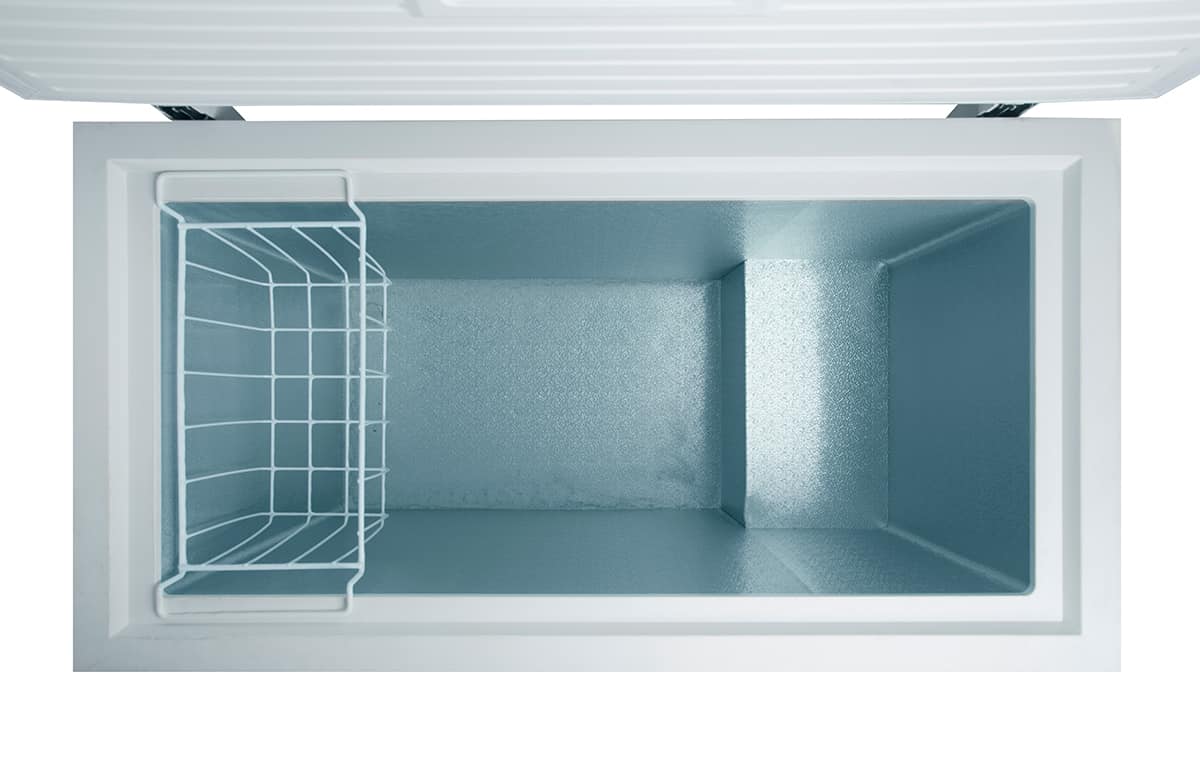
Energy efficiency is an important factor to consider when choosing a chest freezer. In this section, we’ll discuss how the size of a chest freezer can impact energy consumption and provide tips for reducing energy use.
Energy Star ratings and their significance
Energy Star is a program that helps people save money and protect the environment by promoting energy-efficient products. Chest freezers with an Energy Star rating use less energy than other freezers, which can save you money on your electricity bill. When shopping for a chest freezer, look for the Energy Star label to find a more energy-efficient model.
How size impacts energy consumption
The size of a chest freezer can affect its energy consumption. In general, larger freezers use more energy because they have more space to keep cold. However, it’s important to choose a chest freezer that’s the right size for your needs. If you buy a freezer that’s too big, you’ll waste energy keeping empty space cold.
On the other hand, if you choose a freezer that’s too small, you might need to run an additional refrigerator or freezer to store all your food, which could also increase your energy use.
Tips for reducing energy consumption with various sizes
- Choose the right size—Think about how much food you need to store and select a chest freezer that’s just the right size for your needs.
- Keep the freezer full—A full freezer is more energy-efficient because the items inside help maintain the cold temperature. If you have a large freezer and don’t use all the space, consider filling empty areas with water-filled containers to help maintain the temperature.
- Place the freezer in a cool location—Keep your chest freezer in a cool, dry area away from direct sunlight and heat sources. This will help the freezer work more efficiently.
- Maintain your freezer—Regularly clean and defrost your chest freezer, and make sure the door seal is in good condition. A well-maintained freezer runs more efficiently and uses less energy.
FAQs
1. How do I choose the right chest freezer size for my needs?
To choose the right chest freezer size, consider your storage needs, the available space, and your budget.
- Think about how much food you need to store and choose a size that matches your requirements.
- Measure the area where you plan to place the freezer and pick a size that fits comfortably.
- Compare prices of different sizes and select one that fits your budget.
- Also, look for Energy Star-rated chest freezers to save on energy costs.
2. Can I install a chest freezer outdoors?
Installing a chest freezer outdoors is not recommended, as it may not work efficiently in extreme temperatures. Most chest freezers are designed to operate in a temperature-controlled environment, like a kitchen, basement, or garage. Placing the freezer outdoors exposes it to weather conditions that can affect its performance and lifespan.
